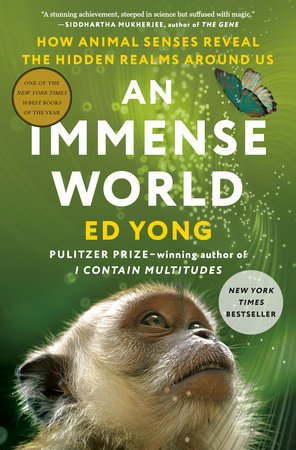In my research, I am constellating the relationship between ghosts, performance, and historical calamities of colonization and enslavement around the Atlantic. I analyze haunting in Anglophone drama from the mid-20th Century to the present, using plays from Nigerian, St. Lucian, Irish, Scottish, and American writers to understand ghosts as a phenomenon on stage. My project consists of two major claims: firstly, an ideological claim that ghosts in literature are a useful tool for thinking about violence carried out on a national (or global) level; secondly, a generic claim that the presence of ghosts on stage affords mechanisms of understanding historical calamity that are not otherwise available.
Metaphors of haunting abound in literature around the Atlantic, particularly in drama from the last half-century: Wole Soyinka’s Death and the King’s Horseman, Derek Walcott’s Ghost Dance, LeAnne Howe’s Savage Conversations, Marina Carr’s Portia Coughlan, to name only a few. But I realized that most scholarship following the critical “spectral turn” (precipitated by Jacques Derrida’s Spectres of Marx) focused on novels of film. This seemed a shame because metaphors of haunting on stage are, to me, the most exciting. In fact, haunting on stage is barely even a metaphor. If you see a play with a ghost, there is actually a ghost in the room with you. One of the key questions of my work is, “what does a ghost in the room help us understand about time, history, our bodies, our nations, our environments, our lives?”
In my work, I pair plays from different national literary traditions in order to understand:
- What strategies exist for depicting ghosts on stage?
- How do those strategies speak to the conditions of living in the aftermath of national catastrophe?
- How do those strategies speak to the specific historical conditions which haunt the play?
Questions 2 and 3 might seem to be in conflict, but I hope that taking them together will illustrate the relationship between ghosts and historical calamity in broad terms, but also how ghosts exist in the context of specific cultures, orientations to the dead, and circumstances of calamitous violence. For example, August Wilson’s The Piano Lesson and Conor McPherson’s The Veil both feature unseen ghosts which exert physical force on stage. To me, those ghosts offer a way to consider continuing physical consequences of catastrophes which are purportedly already over. At the same time, the ghost in The Piano Lesson speaks specifically to the legacy of American slavery in the lives of Black Americans, while the ghost in The Veil speaks specifically to the Irish big house and colonization in rural Ireland. There are overlaps between these plays that help us understand what ghosts do, but neglecting their differences would obscure how ghosts also function differently depending on the circumstances that necessitate haunting.
I believe that ghosts allow writers to imagine both the horrific ramifications of unrectified pasts resurfacing, but also, paradoxically, allow writers to consider what adequate reckoning with the past would look like in order to create paths toward more just futures. I do not argue that we can simply save the world with theatre, but I do think theatre literally creates space to imagine how the past, present, and future interlock. On stage, ghosts offer avenues to think forward and backward, about success and failure, about violence and healing, about oppression and justice, about living and dying in ways that allow writers, theatre practitioners, and audiences to be haunted together. And if we can be haunted together, maybe we can imagine a world where we do not have to be haunted at all.





